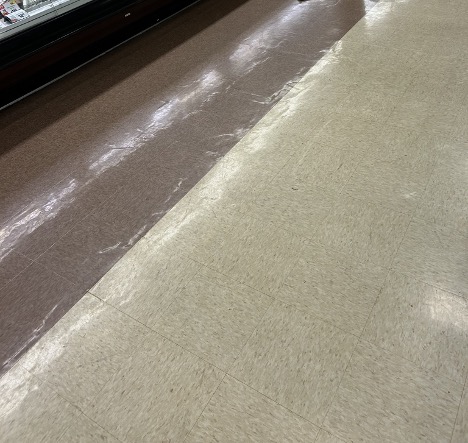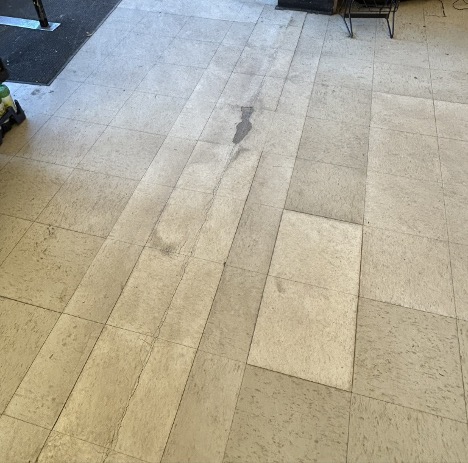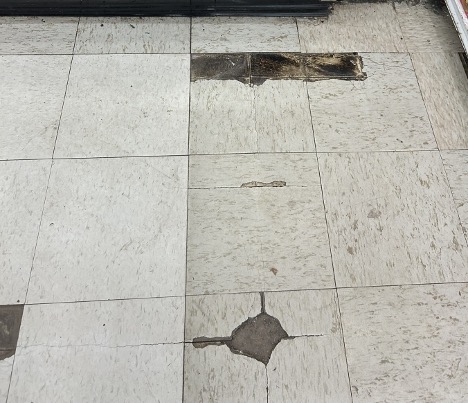When considering new flooring, a common question we get is, “Can new LVT or LVP be installed directly over my existing flooring?” The answer is often yes, but it’s a decision that requires careful thought. Let’s explore when and why you might choose to overlay your existing flooring and when it might be best to start fresh.
Types of Flooring Suitable for Overlay
If your current flooring is in good condition and well-bonded, several types can be overlaid, including:
- VCT (Vinyl Composition Tile)
- Non-cushioned sheet vinyl
- Ceramic and Porcelain tiles
- Carpet (in some cases)
Benefits of Overlaying
- Time Efficiency: Preparing the existing flooring and laying new flooring over it can be faster than removing the old flooring, prepping the slab, and installing new flooring.
- Cost Savings: Overlaying is usually less expensive than demolishing the existing flooring.
- Asbestos Concerns: Abating asbestos-contaminated flooring can be costly. Overlaying avoids the need for abatement.
Drawbacks of Overlaying
- Deferred Demolition: While overlaying might seem like a quick fix, it only delays the inevitable. No manufacturer or contractor will warranty an installation over more than one layer of existing flooring. Eventually, the demo bill will come due.
- Risk of Substrate Issues: Even well-bonded existing flooring may start to release from the substrate after new flooring is installed. If this happens, repairs might be necessary at your own expense.
- Underlying Problems: Visible issues can be prepped, but underlying problems remain. These issues can worsen over time, potentially leading to visible defects or flooring failure.
Real-World Examples
Good Candidate: A VCT floor in good condition is typically a good candidate for overlaying.

Bad Candidates: Floors with visible cracks, lumps, or multiple layers of tile are not suitable for overlaying. These conditions indicate potential moisture issues or failing substrates, which could lead to problems in the new flooring. Here are a few examples of bad candidates:

This tile isn’t a great candidate for an overlay due to the cracking and lumps at the VCT joints are an indication of possible moisture issues under the VCT. As long as this tile doesn’t contain asbestos we can sand it smooth, but the underlying issues will continue, and could get worse with an overlay.

While the irregularities showing through the VCT could be skimmed with floor patch, the underlying issue (likely failing gypsum based floor patch) will continue and eventually show through new flooring as well.

This floor is not a good candidate for overlaying because the existing tile is cracked chipped away. You can also see what is likely a joint in the concrete slab below showing through.

Here the existing tile is also cracked an chipping. In addition, there is more than one layer of tile present, meaning that no warranty could be offered.
Our Recommendation
While we do perform many overlay installations, we generally recommend starting with a clean slate. Properly preparing the substrate ensures a high-quality, long-lasting installation. However, the decision ultimately lies with you, the customer. In some cases, we might even decline to overlay if we believe the existing flooring is too damaged.
Are Your Floors Suitable for an Overlay? Call us today to find out! Our experts will help you determine the best approach for your flooring needs.

Leave a Reply